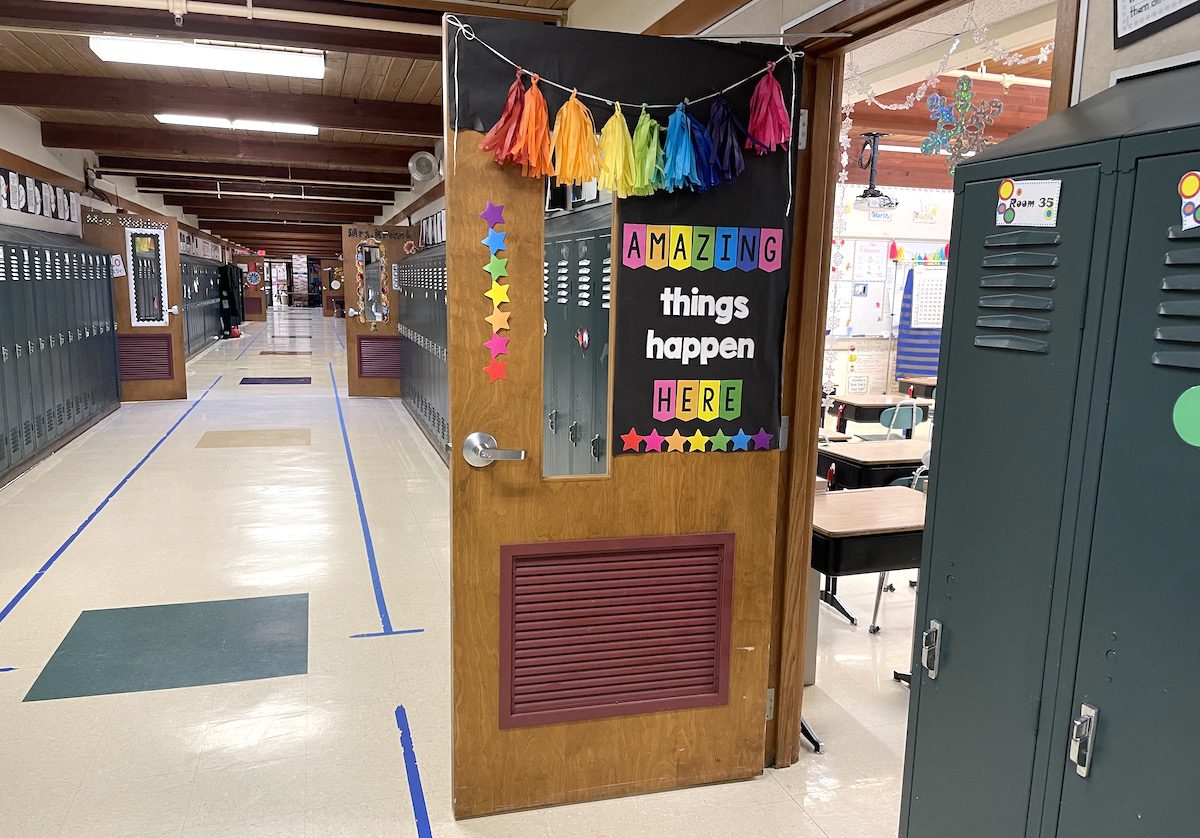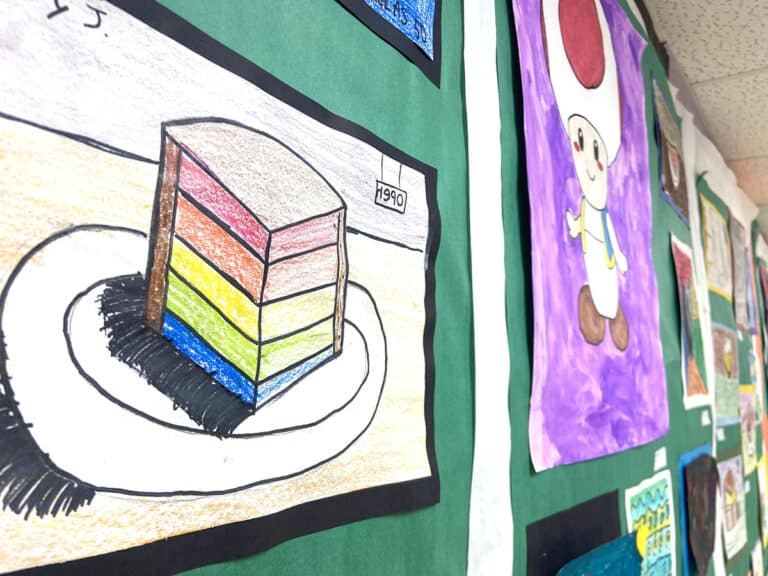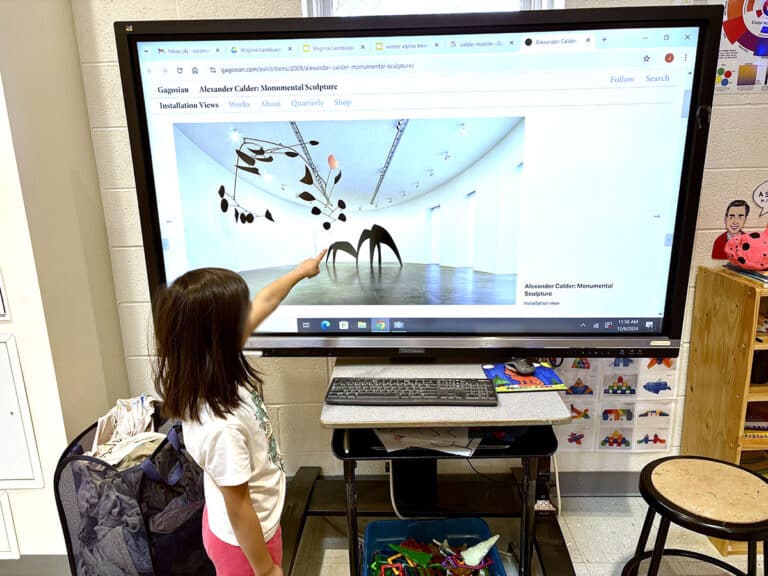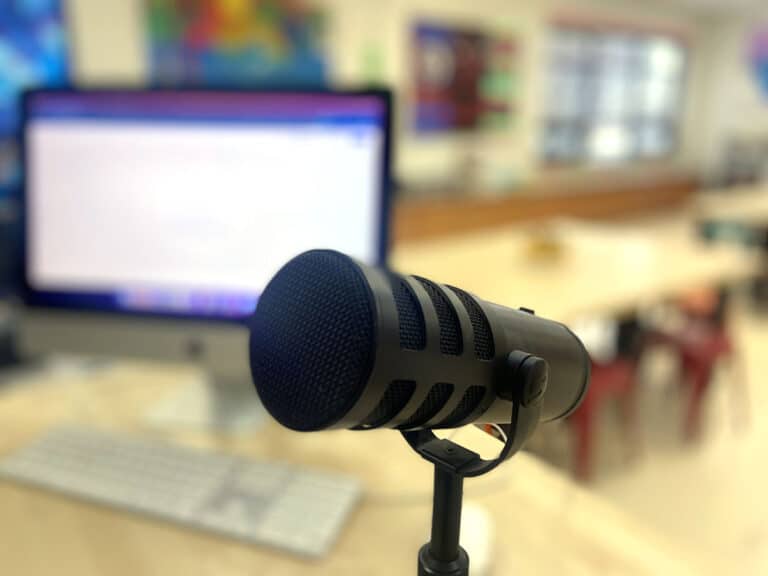Peer observation is nothing new in education. It’s part of student teaching and often part of a state’s requirement for recertification and licensure. While it seems like one more thing to do, it can be a valuable experience for you, your students, and your colleagues.

Observations are important because they are a chance to see:
- What students are learning in other subjects.
- How students act in various school environments.
- How students interact with other teachers.
- How tasks are posed and completed in other classrooms.
They are also a chance for teachers to:
- Identify possibilities for cross-curricular connections.
- Gain perspective on why students act the way they do in the art classroom.
- Consider how to adjust your approach with students.
- Improve ways to teach young students to write artist statements and participate in critiques.
Time is at a premium for all art teachers, so it’s important to get the most value out of your time.
5 Ways to Get the Most Out of Peer Observation
1. Go to a colleague with a positive outlook on teaching.
In her blog, The Cult of Pedagogy, Jennifer Gonzalez writes about the importance of finding “marigolds” as a new teacher, using a metaphor-based on the idea of companion planting. “Marigolds” are teachers who are encouraging, supportive, and willing to help you grow. They are people who will keep a peer observation positive and professional. Even as an experienced teacher, I found I needed marigolds when I moved to a new job. They were the first people who helped me feel comfortable at my new school.
2. Have clear questions in mind.
Art teachers who are action researchers identify a problem they would like to address in order to improve their students’ learning experiences. Think like an action researcher; identify a challenge or problem you would like to learn how to address and initiate your request to observe with that question in mind. Begin your question with words like how, why, or what.

For example, when I felt frustrated with some of my kindergarten students’ behavior as we started class on the carpet, I read about possible solutions. Then, I asked a kindergarten teacher in my building if I could observe her class’s morning carpet time. The questions that guided my observation focused on behavior management, aligning to one of my self-identified professional development goals. My questions included:
- What routines or strategies do Kindergarten teachers use to create a productive experience during carpet time?
- How does their teacher facilitate calm transitions when moving students from one activity to another?
Identifying clear questions such as these before an observation is also valuable in guiding reflection after an observation.
3. Be an active observer.
As a person who has hosted observers and been an observer, I can attest: another adult in a classroom is an opportunity for students to have additional support. Do offer to help with tasks while you are in a classroom. Do not, however, let yourself become a distraction to students. For example, in a classroom with young students, sit in the back and model active listening behavior when a colleague is leading a lesson.
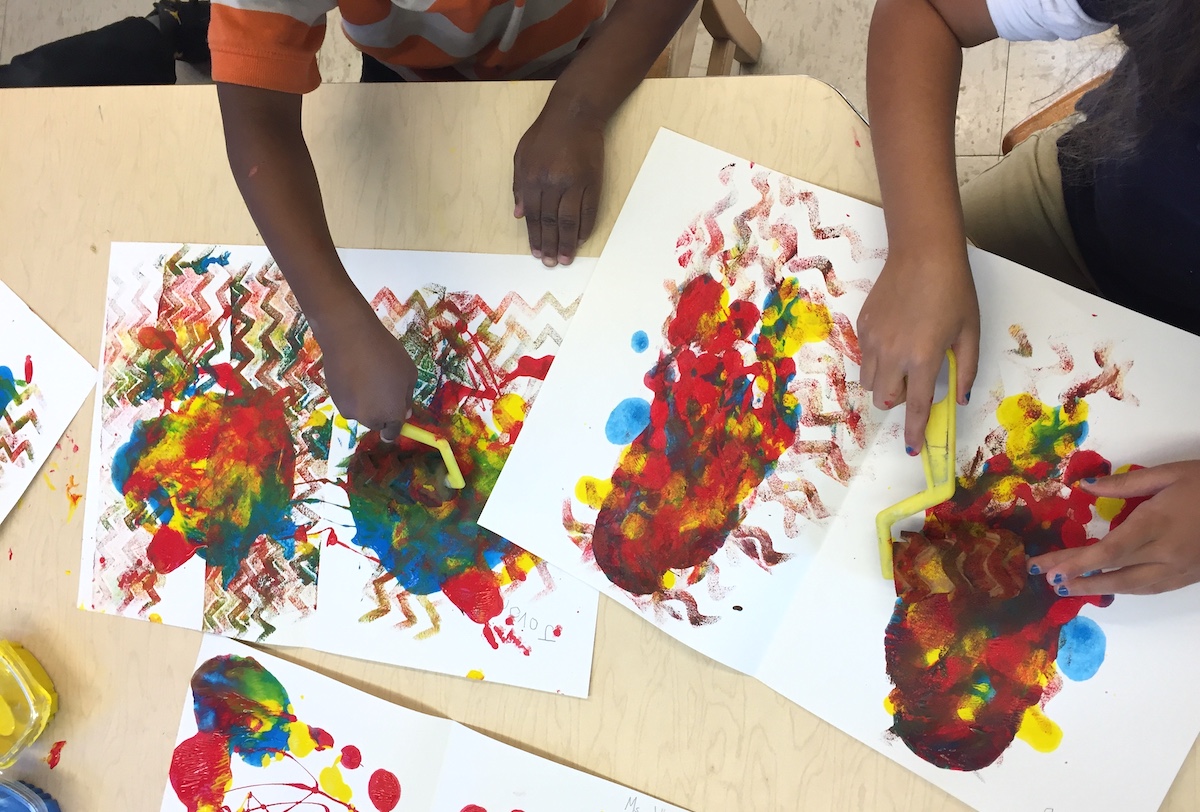
Resist the urge to bring a notebook or computer. (And definitely do not bring out your phone.) It is easy to become absorbed with what you are writing during the observation, and these tools can become distracting for students. Instead, try focusing on what is happening at the moment in the classroom.
4. Plan time to reflect—and use it.
When you set up an observation, take a moment to determine when you can give yourself time to reflect on what you saw. When you reflect:
- Look back at your guiding questions.
- Write down descriptions you observed about those questions.
- Write down steps to apply what you learned in your own classroom.
- Write down a timeline for implementing those steps and what you hope the result will be.
10 Tips For a Successful Peer Observation
Writing is an important way to review your experience, organize your thoughts, and create an artifact you can revisit. Attach it to an upcoming page in your lesson plan book as a reminder to apply what you learned.
5. Report how you applied what you learned.
Conclude your observation experience by sharing what you learned. Start with the colleague you observed. One of the most sincere ways to say “thank you” is by noting how the time they welcomed you into their classroom helped you improve students’ experiences in yours. Consider sharing with your administrator, too, if they helped make the observation possible. It is a chance to thank them and to share something positive a colleague did for you. (Note: Keep this interaction positive and brief. Do not engage in a conversation that could be viewed as affecting someone’s evaluation.) Finally, if your guiding questions involved a topic you know other art educators wonder about, think about seeking an opportunity to share what you learned with others in a professional setting, such as a professional development opportunity or conference.
Whether we like it or not, observations are a part of teaching. Using them as an opportunity to benefit our own teaching practice and create an even more amazing art room experience for students is a win-win! Decide which guiding questions you want to use to help shape your observation experience and bring what you find right back into your art room.
What challenges would you like to learn how to address in your art classroom?
Which colleague in your building could you observe to gain a fresh perspective on those challenges?
Magazine articles and podcasts are opinions of professional education contributors and do not necessarily represent the position of the Art of Education University (AOEU) or its academic offerings. Contributors use terms in the way they are most often talked about in the scope of their educational experiences.
